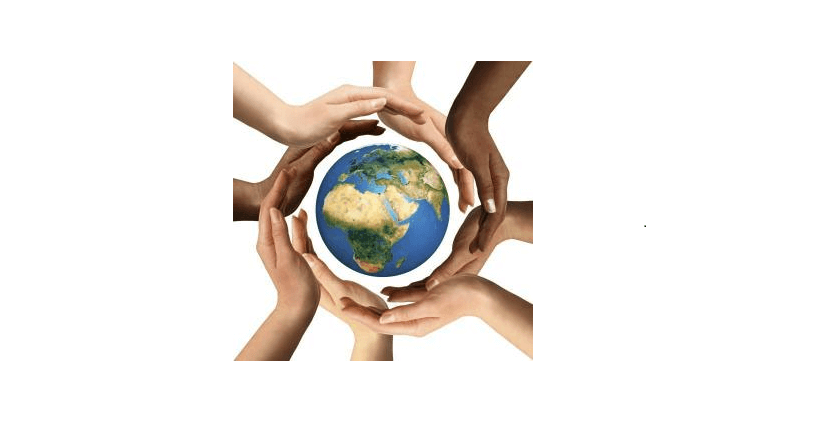Solvent Cleaning in today’s Environment: Understanding Government Guidelines

- Prohibit the use of some solvents.
- Regulate the amount of others that could be used.
- Establish future replacement/phase-out dates for some.
- Enact new regulations for the equipment that used these solvents.
- Require “warning label notices” to be applied to products cleaned in certain solvents during the phase-out period.
- Set and enforce limits for air emissions concerning equipment operator exposure, actual equipment emissions to the atmosphere, and the amount of solvent that a company could use within a defined time frame.
- NESHAP (The National Emissions Standards for Hazardous Air Pollutants) developed-degreasers regulated by this Federal guideline. Approximately 50% of degreasers nationwide retrofitted to meet these rules.
- SNAP prohibited certain solvents, some limited by this Federal guideline.
- Some solvent users change to different SNAP approved solvent
- Many companies switch to alternative processes based on misinformation or fear of any future solvent regulations
- Many companies switch based on environmental outlook / corporate direction
- Many companies switch based on Federal/state/local record keeping requirements
- Switch sometimes “ Too Quick” and ended up with wrong equipment/chemistry/application, and/or process
[x_author title=”About the Author”]















